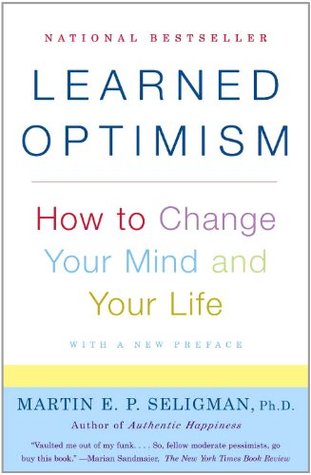More on this book
Community
Kindle Notes & Highlights
In a society in which individualism is becoming rampant, people more and more believe that they are the center of the world. Such a belief system makes individual failure almost inconsolable. Individual failure used to be buffered by the second force, the large “we.” When our grandparents failed, they had comfortable spiritual furniture to rest in. They had, for the most part, their relationship to God, their relationship to a nation they loved, their relationship to a community and a large extended family.
the twin epidemics among young people in the United States today, depression and violence, both come from this misbegotten concern: valuing how our young people feel about themselves more highly than how we value how well they are doing in the world.
Teaching children learned optimism before puberty, but late enough in childhood so that they are metacognitive (capable of thinking about thinking), is a fruitful strategy. When the immunized children use these skills to cope with the first rejections of puberty, they get better and better at using these skills.
The defining characteristic of pessimists is that they tend to believe bad events will last a long time, will undermine everything they do, and are their own fault. The optimists, who are confronted with the same hard knocks of this world, think about misfortune in the opposite way. They tend to believe defeat is just a temporary setback, that its causes are confined to this one case. The optimists believe defeat is not their fault: Circumstances, bad luck, or other people brought it about. Such people are unfazed by defeat. Confronted by a bad situation, they perceive it as a challenge and
...more
AT THE CORE of the phenomenon of pessimism is another phenomenon—that of helplessness.
Personal control means the ability to change things by one’s voluntary actions; it is the opposite of helplessness.
Pessimistic prophecies are self-fulfilling.
individuals can choose the way they think.


